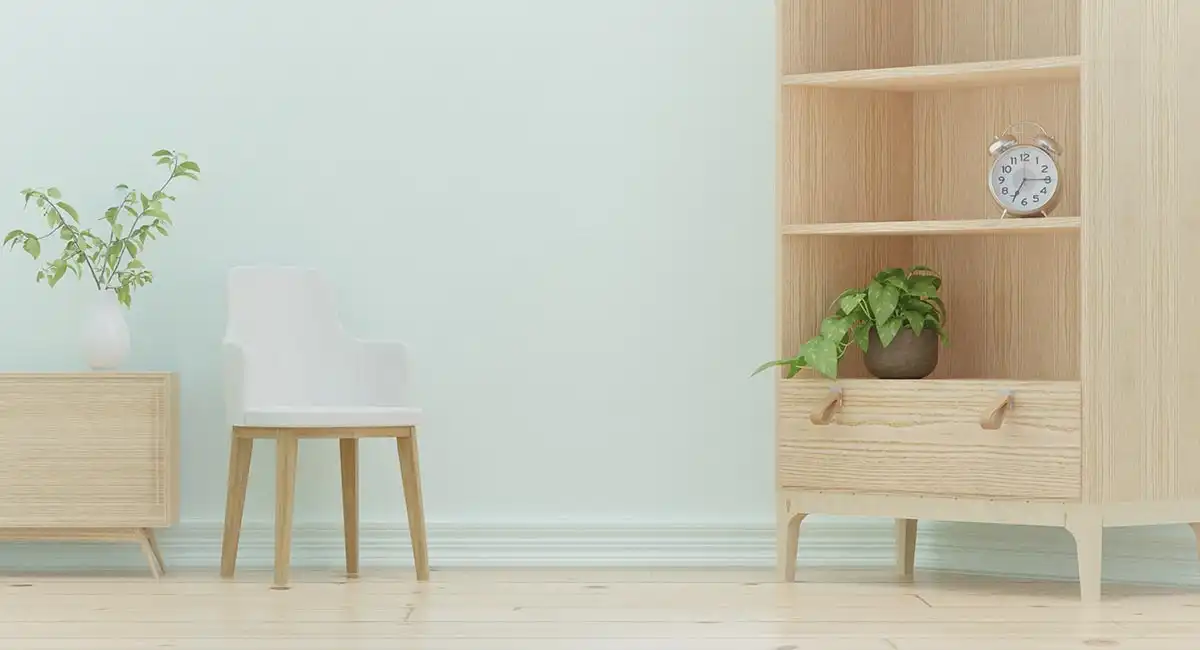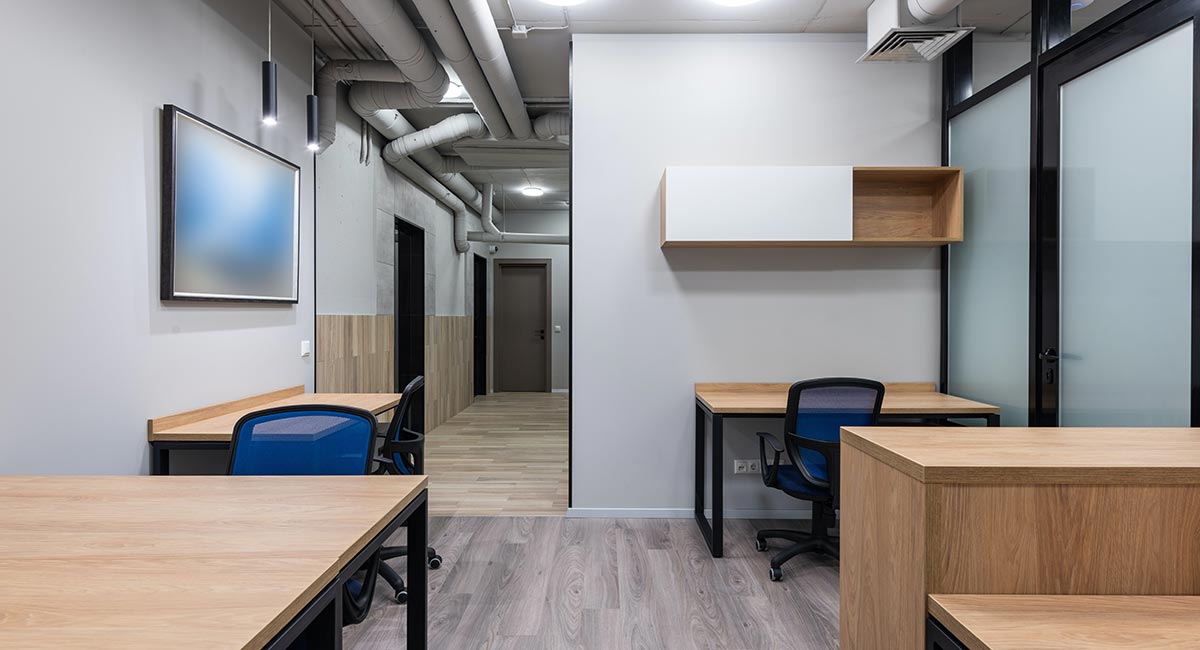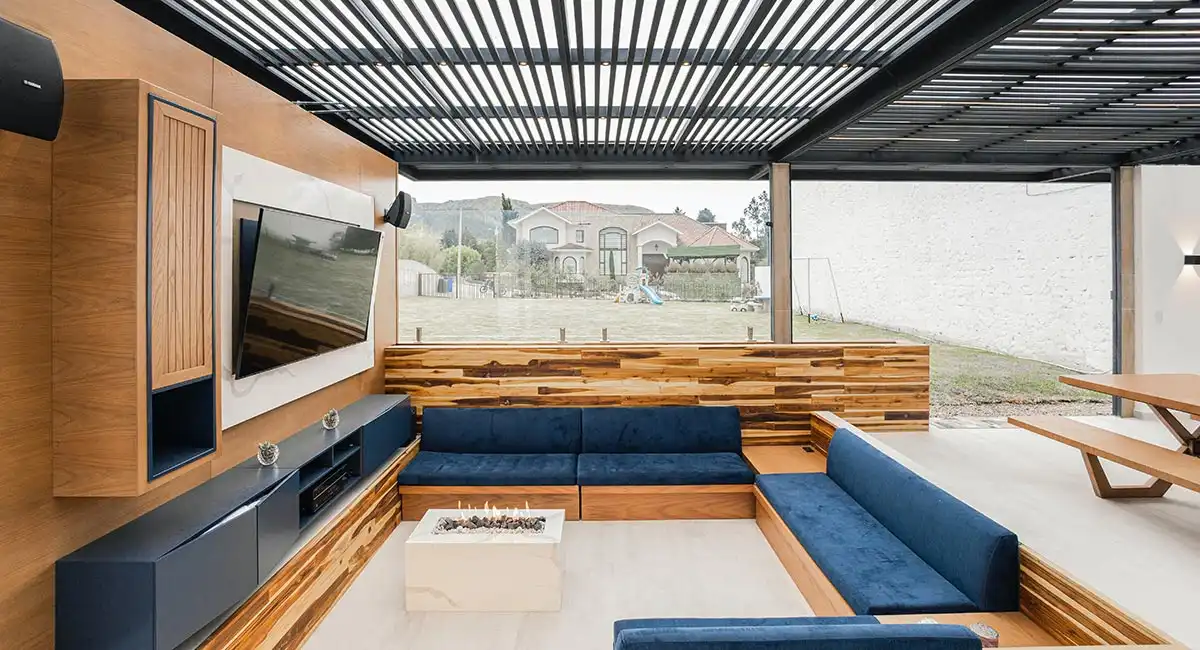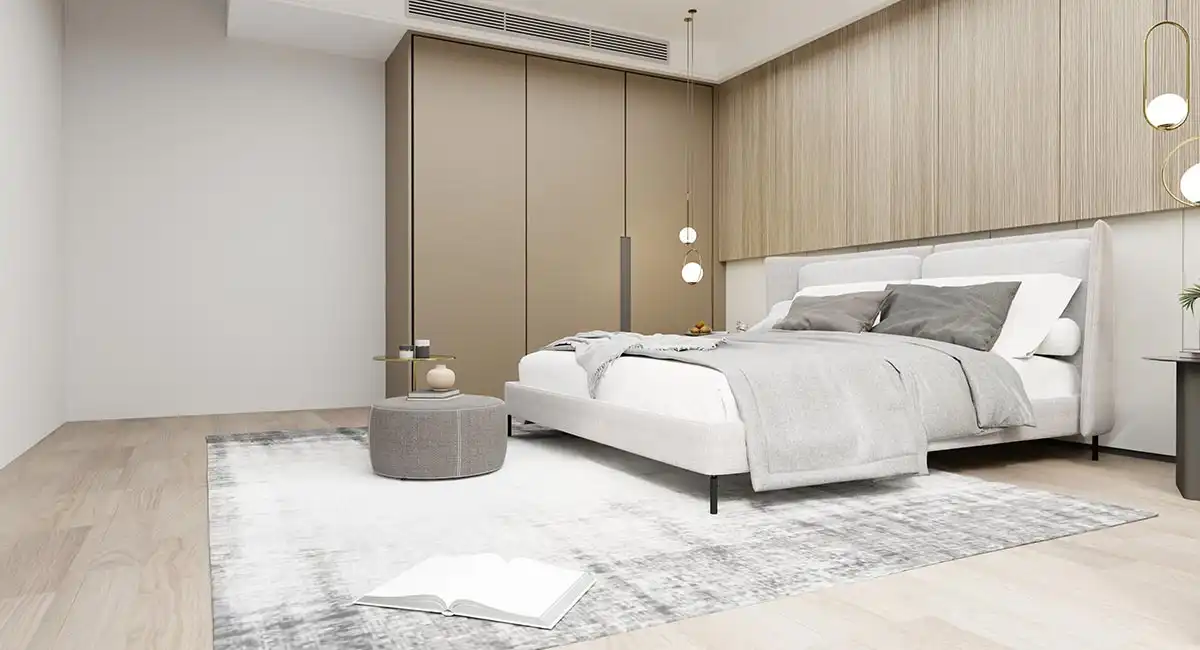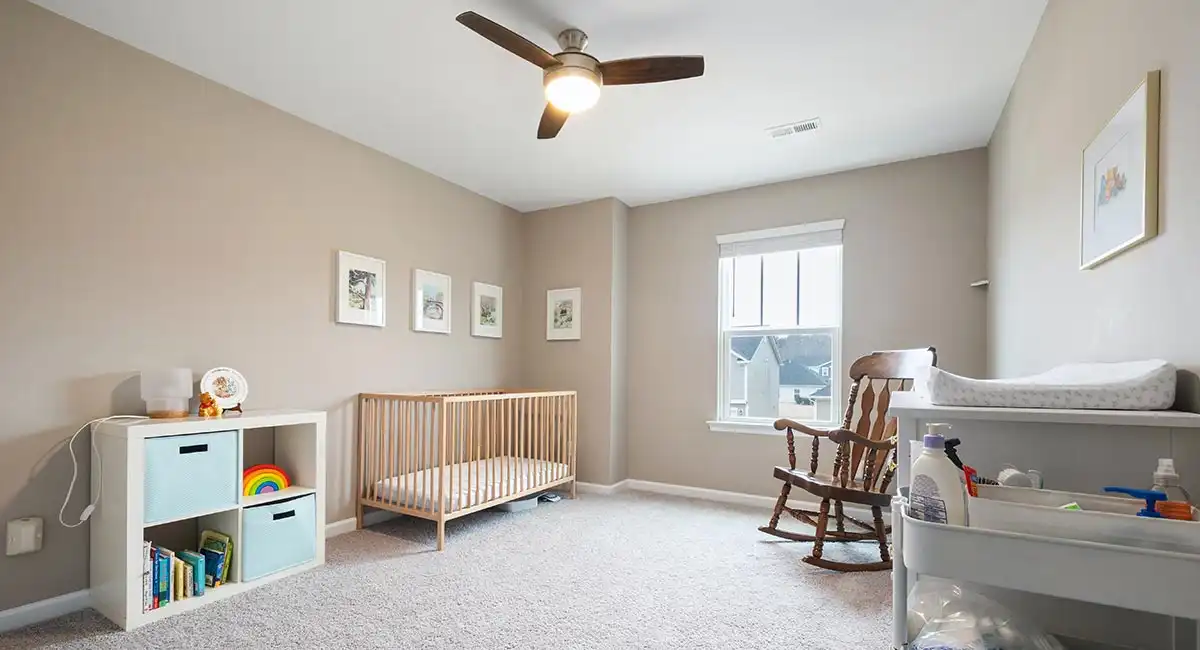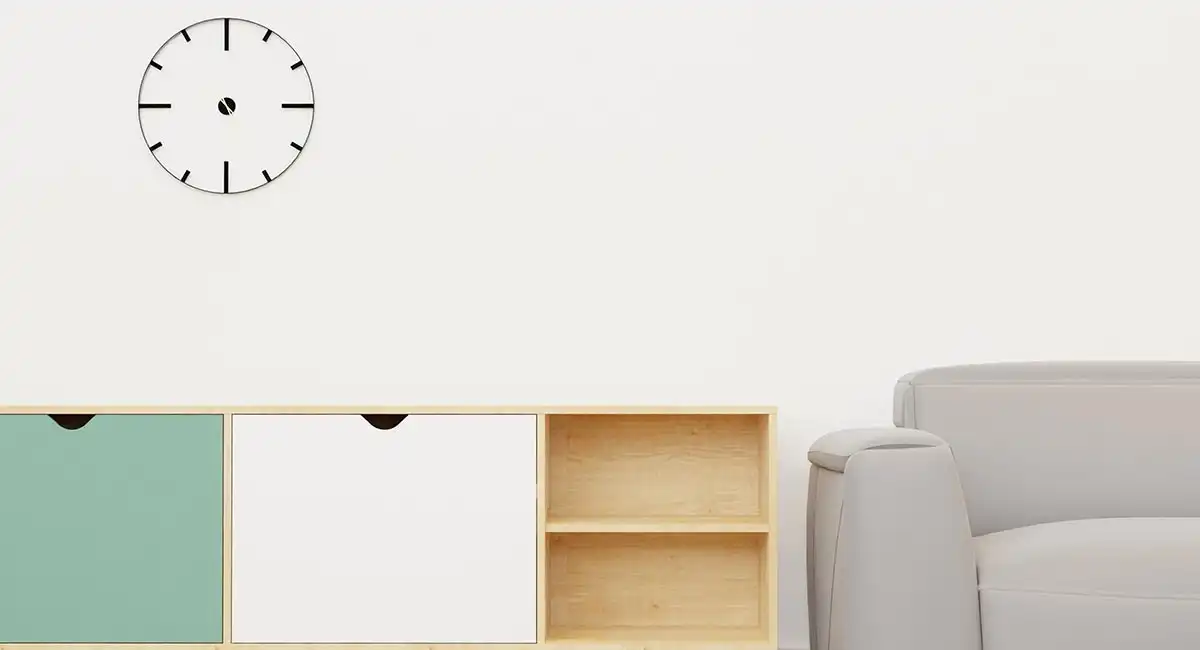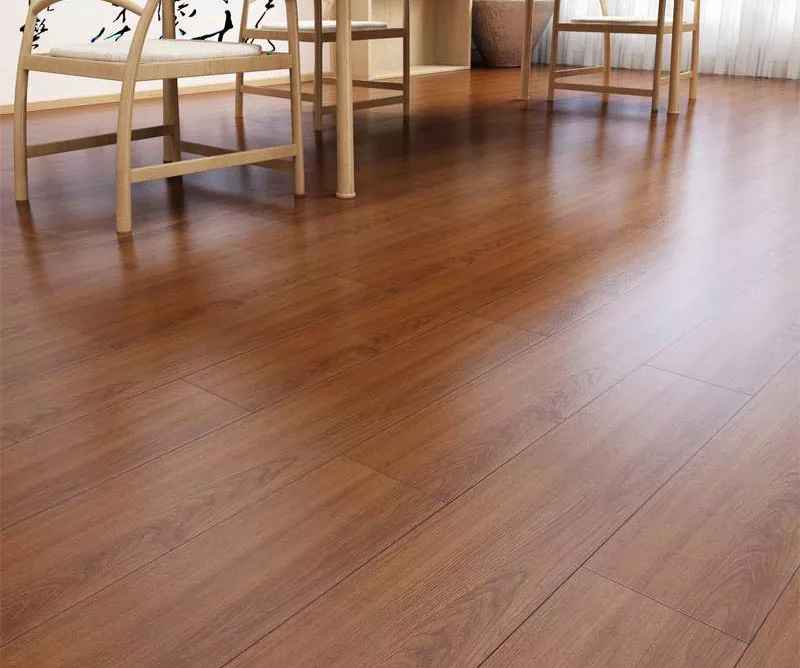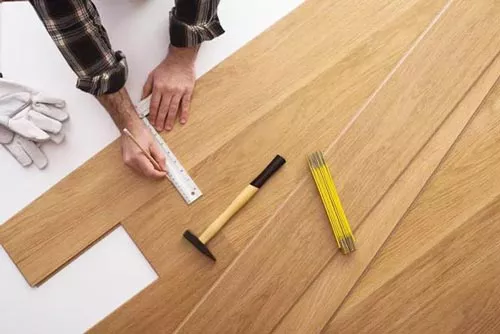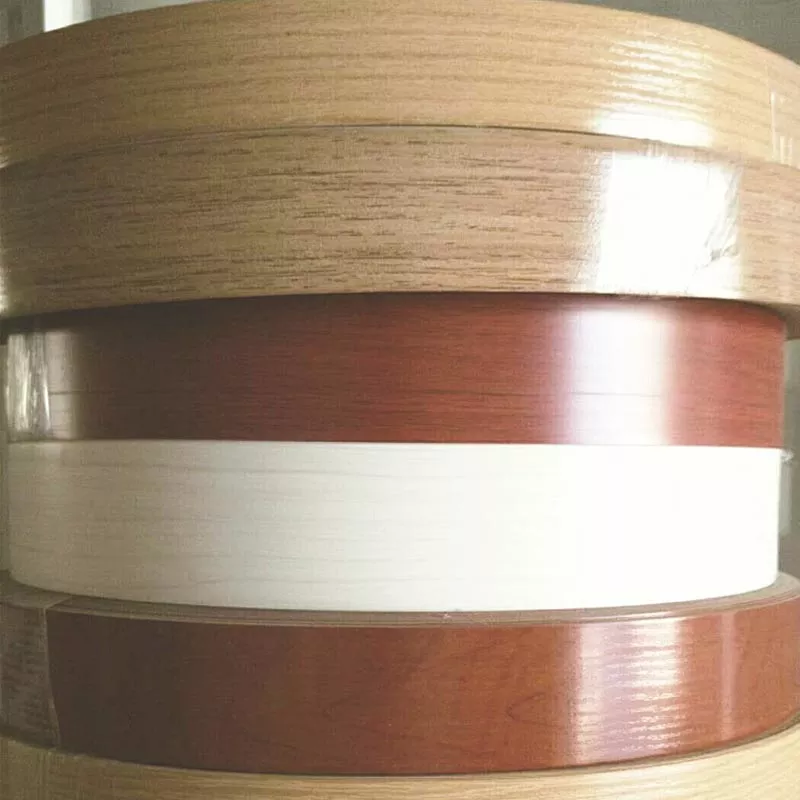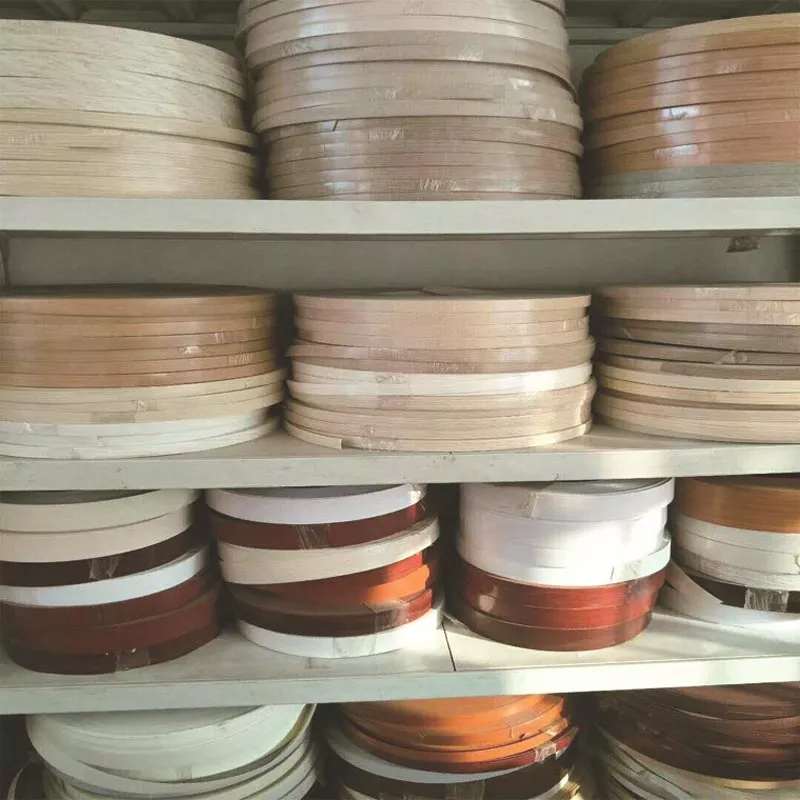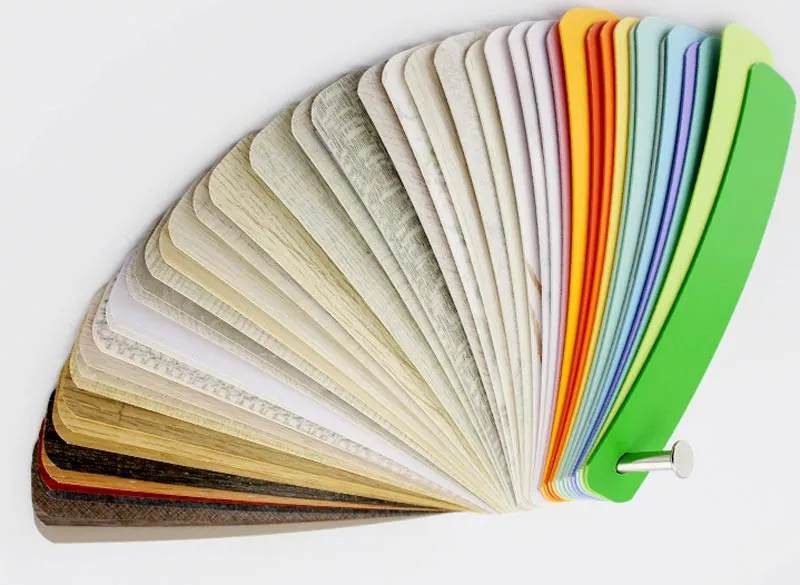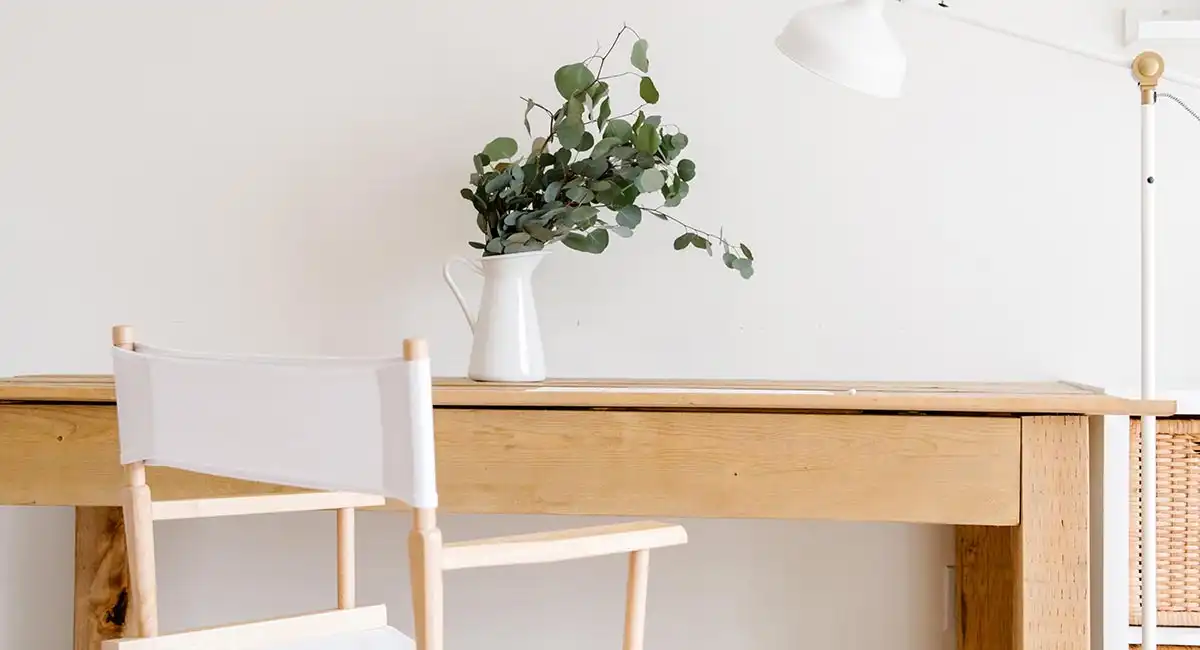
You might be wondering what is melamine vs mdf and which one is better for making electrical panels or building furniture. First, you need to know that both boards have different characteristics and performance. You can look at their shelf profile and their colors to know which ones are better for your needs.
Melamine mdf
MDF and Melamine are two types of material that are incredibly similar in appearance. Both are made from wood fibres and are both extremely strong. MDF is a less expensive material and is used in many industries. However, Melamine has many advantages. For one, it’s less likely to split and is more stable when nailed. It’s also more durable, making it a great choice for panel furniture.
Melamine is a protective coating for wood fibres, making it a highly durable material. Its smooth surface and high density make it an excellent choice for many applications. In addition, melamine boards come in a variety of colors and finishes. If you’re looking for a unique piece of furniture, a high-quality melamine board is an excellent choice.
Melamine vs mdf
When deciding between melamine and MDF, it’s important to understand how each differs. MDF is thicker and harder than melamine, and is used for cabinetry. MDF is also easier to cut and shape, and is also much stronger. While both types of material are strong and durable, melamine is more flexible. It’s a good choice for drawers and wardrobes.
Melamine has the advantage of being waterproof, which is important in bathroom and kitchen applications. It is also cheaper than other materials, including plywood and solid wood. The downside to melamine is that it is not as sturdy as plywood and does not withstand heavy loads.
Melamine vs mdf for building furniture
When it comes to building furniture, there are two primary choices: solid wood and engineered MDF. The two types of wood have different qualities, and both have advantages and disadvantages. Solid wood is generally more expensive than MDF. If you want a high-quality, long-lasting piece of furniture, choose solid wood.
While melamine is a low-cost option, it is not very eco-friendly. MDF is made of recycled wood fibers and is slightly more eco-friendly. It is also much easier to paint.
Melamine vs mdf for making electrical panels
Melamine is a synthetic resin-based product that is more scratch-resistant than MDF. It is also stronger than particle board. MDF is made of wood particles with an extra layer of laminate to give it extra durability and strength. Particle board is made from wood shavings or chips and is not nearly as dense as melamine. Despite their differences, both materials are commonly used in electrical panel manufacturing.
While the two materials are similar in appearance, they are vastly different in their strength and durability. MDF is made of recycled wood that has been ground to a uniform particle size. It is then bonded with a resin and compressed under high pressure. This process makes MDF a cheaper alternative to solid wood planks.
Melamine vs mdf for making speaker boxes
When it comes to making speaker boxes, you can choose from a variety of materials. For a subwoofer, the best option is Baltic Birch plywood, but if you’re building a midrange enclosure, MDF is a slightly better choice. If strength is your main concern, you can opt for 1/8″ veneered MDF. Both types of wood are available as DIY options, but they do have their benefits and drawbacks.
One of the biggest disadvantages of melamine is that it’s not as sturdy as MDF. It’s not as easy to repair and can dent easily. Furthermore, it’s less suitable for use on high-traffic surfaces. However, it’s cheaper and can be painted easily.
Melamine vs mdf for making whiteboards
There is no need to choose between MDF and Melamine for making whiteboards. These two types of woodworking materials have many similarities and are great for home projects. The price of Melamine is considerably lower than that of MDF, so this material is an excellent choice for do-it-yourselfers. However, the two materials are not equivalent in terms of strength and load-bearing capacity.
MDF is a less durable material than Melamine, and will expand and warp when exposed to moisture and heat. Whether or not you are looking for a whiteboard for your classroom, a kitchen countertop, a cabinet or an electrical panel, melamine is the better choice for these applications. Besides whiteboards, melamine can also be used for other projects, including speaker boxes, flooring, and even furniture.

